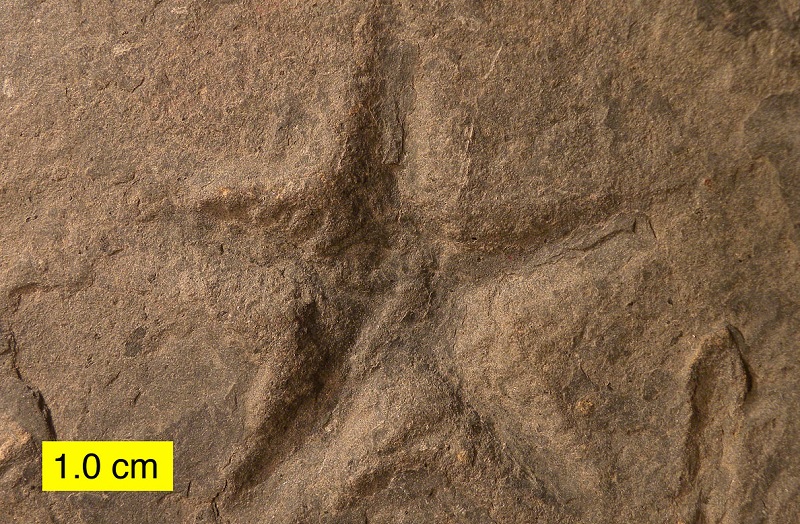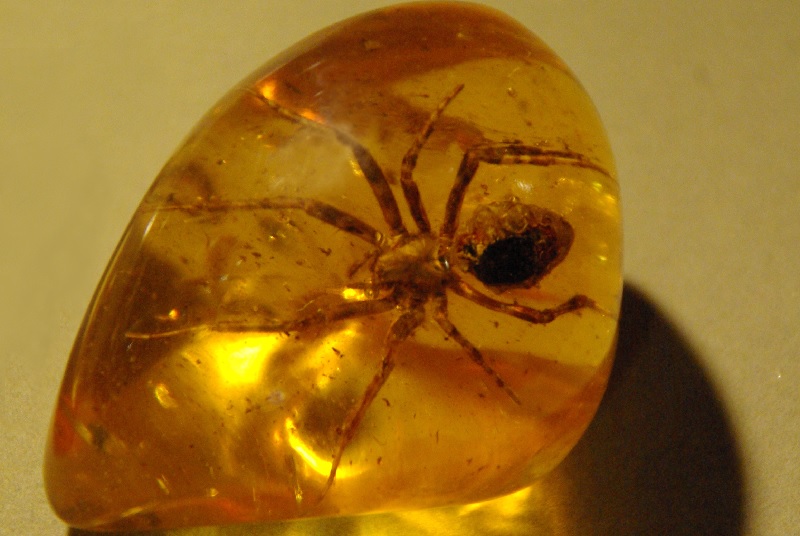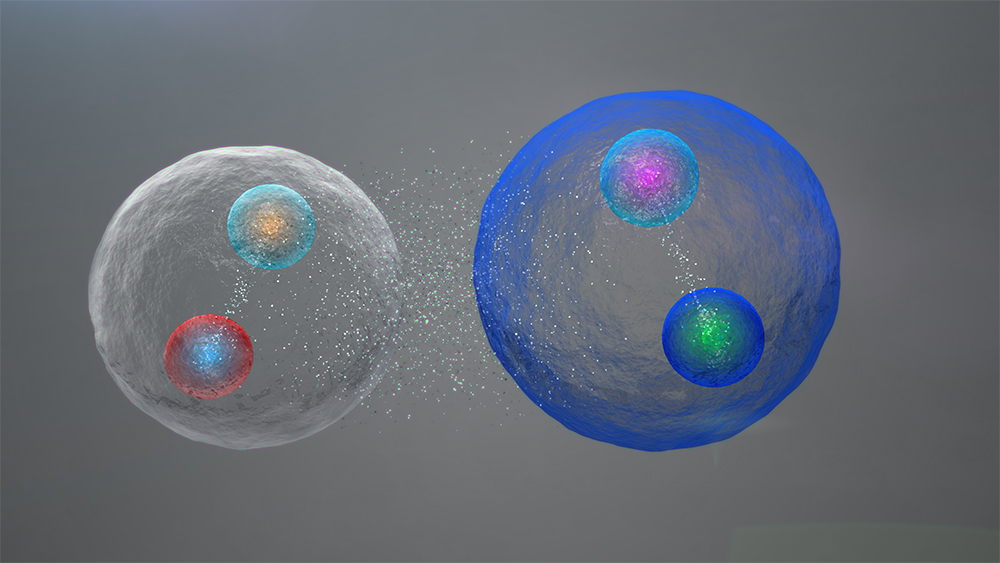Fossils are the remains of plants or animals that got preserved over millions of years.
Occasionally, an animal or a plant that died millions of years ago fell into soft mud or sand making an impression. The mud or sand over years hardened into rock preserving the impression of the body.
Fossils are very important for us if we want to know what happened before us, before our time.
There are two main types of fossils –
Body fossils – They are imprints of a plant or animal’s body on rocks. But sometimes the whole animal gets trapped and preserved. For instance, sometimes, an insect gets stuck in tree sap. The sap turns into a hard transparent thing called amber.

The dead insect then remains just the way it was when it wandered into the sap millions of years ago. In a rare instance, a whole wooly mammoth was found preserved in the ice. The ice stayed frozen for thousands of years, and the animal had hardly changed over time.
Trace fossils – They are the remains of the activity of an animal, such as preserved footprints, the whole body, or egg shells and nests.

Fossils vastly vary in sizes. They can be microscopic fossils of some extremely tiny organisms to massive fossils of dinosaurs.
Fossils are particularly relevant to scientists. They are a valuable source of information on how creatures and things were on planet Earth when life first began. They give a clue as to which species existed in what time frame. Also, it helps them learn how some species became extinct and why some survived.
Take a look at the video of some dinosaur fossils:





Leave a Reply